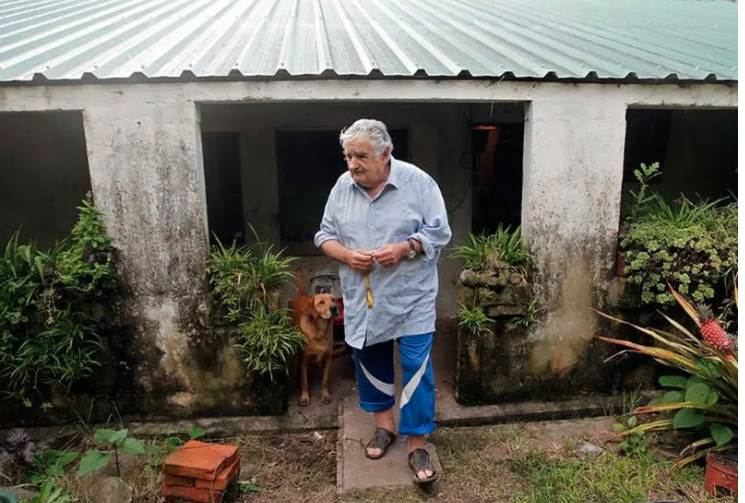It sounds more like a modern day fairytale, because there is no example, past and present, of a president of a country living the life of a simple peasant with no bodyguards. Imagine a president who is not having the most expensive champagne and caviar for dinner and not sleeping on a king’s bed in a royal palace.
But it’s all true, as epitomized by none but Uruguay’s José Mujica, who breathed his last two days back, as the “poorest president” in the world. Nicknamed ‘Pepe’, Mujica died at the age of 89 after governing Uruguayan as its president from 2010 to 2015.
No one in this part of the world usually show much interest in what’s happening in the far-off land known as Uruguayan. But when photos of a country’s president working in an agricultural land growing radish or carrots and living in a simple hut started to appear in media, everyone sat back and read the whole story. It sounded strange and not real at all. In this era of bulletproof limousines and high-tech security gadgets surrounding presidents, this man’s refusal to use any of them raised eyebrows. Was it a publicity stunt? A cheap way to become popular? No. It was not. Mujica was above publicity and popularity. He was popular before he knew it.
According to BBC, “Mujica became a well-known political figure in Latin America and beyond. His global popularity is unusual for a president of Uruguay, a country with just 3.4 million inhabitants where his legacy has also generated some controversy.
In the 1960s, he helped set up the Tupamaros National Liberation Movement (MLN-T), a leftist urban guerrilla group. Influenced by the Cuban revolution and international socialism, the MLN-T launched a campaign of clandestine resistance against the Uruguayan government, which at the time was constitutional and democratic, although the left accused it of being increasingly authoritarian.
During this period, Mujica was captured four times. On one of those occasions, in 1970, he was shot six times and nearly died.
He escaped from prison twice, on one occasion through a tunnel with 105 other MLN-T prisoners, in one of the largest escapes in Uruguayan prison history.
When the Uruguayan military staged a coup in 1973, they included him in a group of “nine hostages” who they threatened to kill if the guerrillas continued their attacks.
During the more than 14 years he spent in prison during the 1970s and 1980s, he was tortured and spent most of that time in harsh conditions and isolation, until he was freed in 1985 when Uruguay returned to democracy.
The day he was freed was his happiest memory, he says: “Becoming president was insignificant compared to that.”
He was asked during his tenure as the president, “So what it is that catches the world’s attention? He replied: “That I live with very little, a simple house, that I drive around in an old car? Then this world is crazy because it’s surprised by [what is] normal,” he reflected before leaving office.
The writer is a senior journalist


